We often hear that evening light disrupts sleep. Blue light from phones, laptops, and indoor lighting is often blamed for restlessness and poor sleep quality. That’s why blue-blocking glasses, red lenses, and strict “sleep hygiene” routines have become so popular.
But what if light when transformed and delivered in the right way could actually improve sleep instead of harming it? This is exactly what neuroVIZR is designed to do. By turning full spectrum light into a safe, rhythmic signal, it helps guide the brain into deeper and more restorative states of rest.
Why Traditional Light Disrupts Sleep
The confusion around light and sleep is understandable. On one hand, we are told to avoid evening light exposure because it can:
-
Trigger melanopsin sensors in the eyes.
-
Suppress melatonin production, the hormone essential for sleep.
-
Delay the natural circadian rhythm, making it harder to fall asleep.
That’s why staring at bright screens late into the night feels stimulating rather than calming.
So the question becomes: How can the flashing light of neuroVIZR possibly help the brain prepare for sleep?
The Science Behind neuroVIZR Sleep Sessions
The secret lies in two complementary mechanisms:
1. Full Spectrum Light – With Natural Filtering
-
neuroVIZR uses full spectrum white light that contains all wavelengths (blue, green, and red).
-
Normally, blue light is the biggest disruptor, as it suppresses melatonin and keeps the brain alert.
-
But during a neuroVIZR session, your closed eyelids act as a natural filter, blocking about 98–99% of disruptive blue light.
-
This means the body’s melatonin system stays safe, while the remaining filtered light can be used beneficially.
In other words, your eyelids work together with neuroVIZR to protect the sleep pathways from interruption.
Learn more - 5 natural tips to fall asleep faster
2. Red Light as a Natural Sleep Signal
-
The filtered light that makes it through the eyelids is primarily red, with a little green depending on skin tone and eyelid thickness.
-
This red light creates gentle, rhythmic flicker patterns that the brain processes through the visual cortex.
-
These signals act like a kind of neural tapping rhythm, helping your brain align with the natural circadian cycle.
-
Depending on the session timing (morning, mid-day, early evening, or late evening), the patterns can nudge the brain into the right phase of alertness or rest.
-
Red light becomes a biological cue: in the evening, it supports melatonin activity, preparing the body for deeper sleep.
The Result: Deeper, More Restorative Rest
The outcome of this process is safe, non-irritating light that doesn’t disrupt the body’s chemistry. Instead, it works with natural biology to:
-
Encourage faster relaxation before bedtime.
-
Support the natural production of melatonin.
-
Guide the brain into deeper, more restorative sleep stages.
-
Improve both night-time rest and daytime alertness.
With consistent use, neuroVIZR can become an evening ritual that strengthens circadian balance helping you wake refreshed, focused, and resilient.
Conclusion: Turning Light Into Rest
For decades, we’ve been told to fear evening light. Yet with the right science, light can be transformed into a powerful ally for sleep.
neuroVIZR stress relief devices works by filtering out what disrupts you (blue light) and amplifying what restores you (red rhythmic light). The result is a safe, natural signal that calms the brain, supports melatonin, and guides your body toward deep, restorative rest.
In today’s fast-paced world, sleep is not just about closing your eyes it’s about giving your brain the right cues to recover. neuroVIZR makes that process easier, so you can wake each morning feeling clear, energised, and resilient.
FAQ: neuroVIZR and Sleep
Is it normal for light to affect sleep so much?
Yes. Light is the primary signal that regulates your circadian rhythm, also known as your body clock. Bright light, especially blue light, tells your brain to stay alert by reducing melatonin. That’s why evening screen time can delay sleep. neuroVIZR uses closed-eyelid filtering to block disruptive blue light while transforming the signal into something that supports rest.
How is neuroVIZR different from blue light blocking glasses?
Blue-blocking glasses simply reduce exposure to harmful wavelengths. neuroVIZR goes further by using safe, full spectrum light through closed eyelids. The filtered red light then provides rhythmic neural cues that actively guide the brain toward rest, instead of just removing the problem.
Can I use neuroVIZR if I already have a sleep routine?
Absolutely. neuroVIZR is designed to complement healthy sleep habits like winding down before bed, avoiding late caffeine, or keeping a consistent bedtime. Think of it as an additional tool that strengthens your body’s natural sleep rhythms.
Will neuroVIZR keep me awake if it uses flashing light?
No. While the light does flicker, your closed eyelids filter and soften it. What actually reaches the brain is a rhythmic red signal, which has the opposite effect of stimulating blue light. Most people find it relaxing, and many notice that they fall asleep faster.

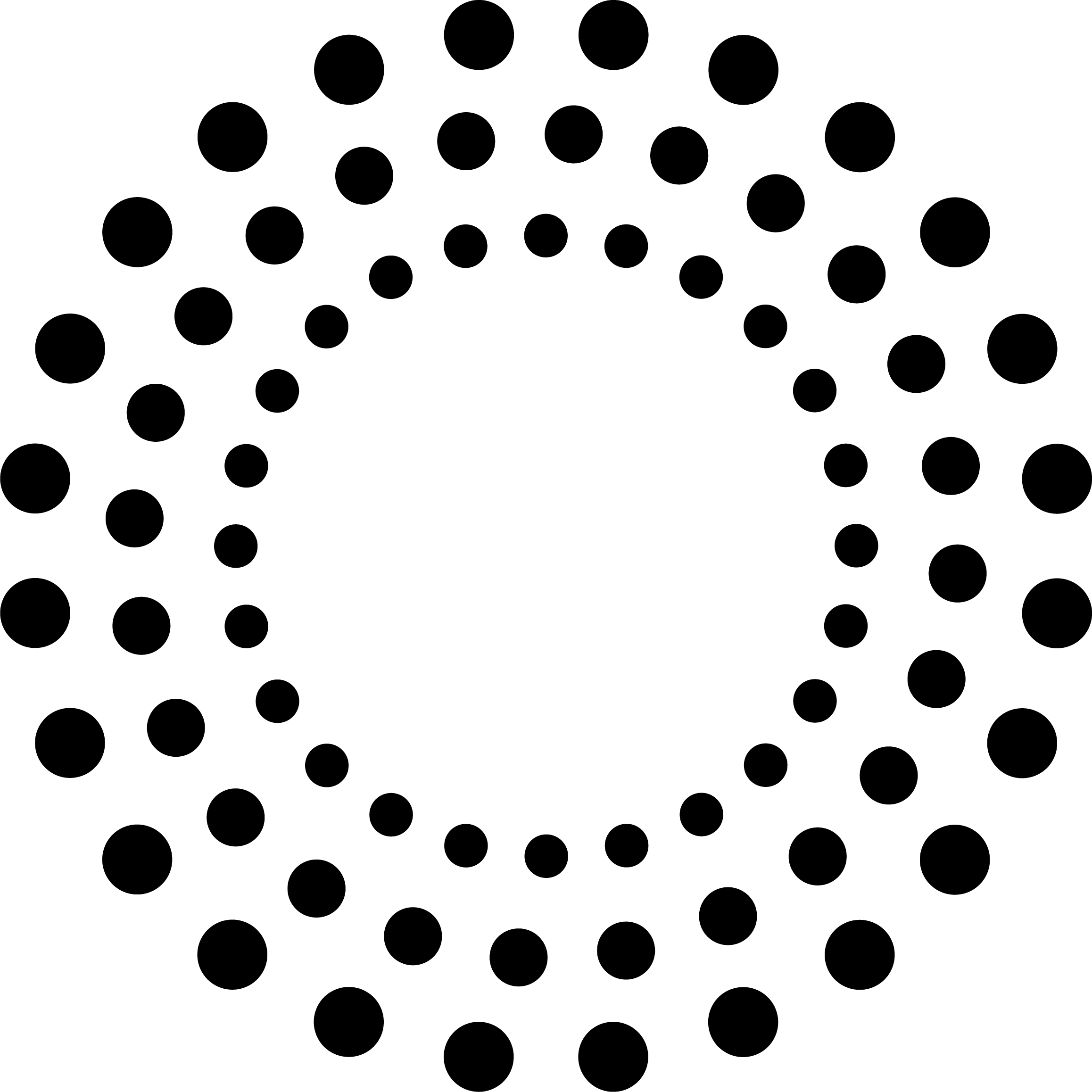

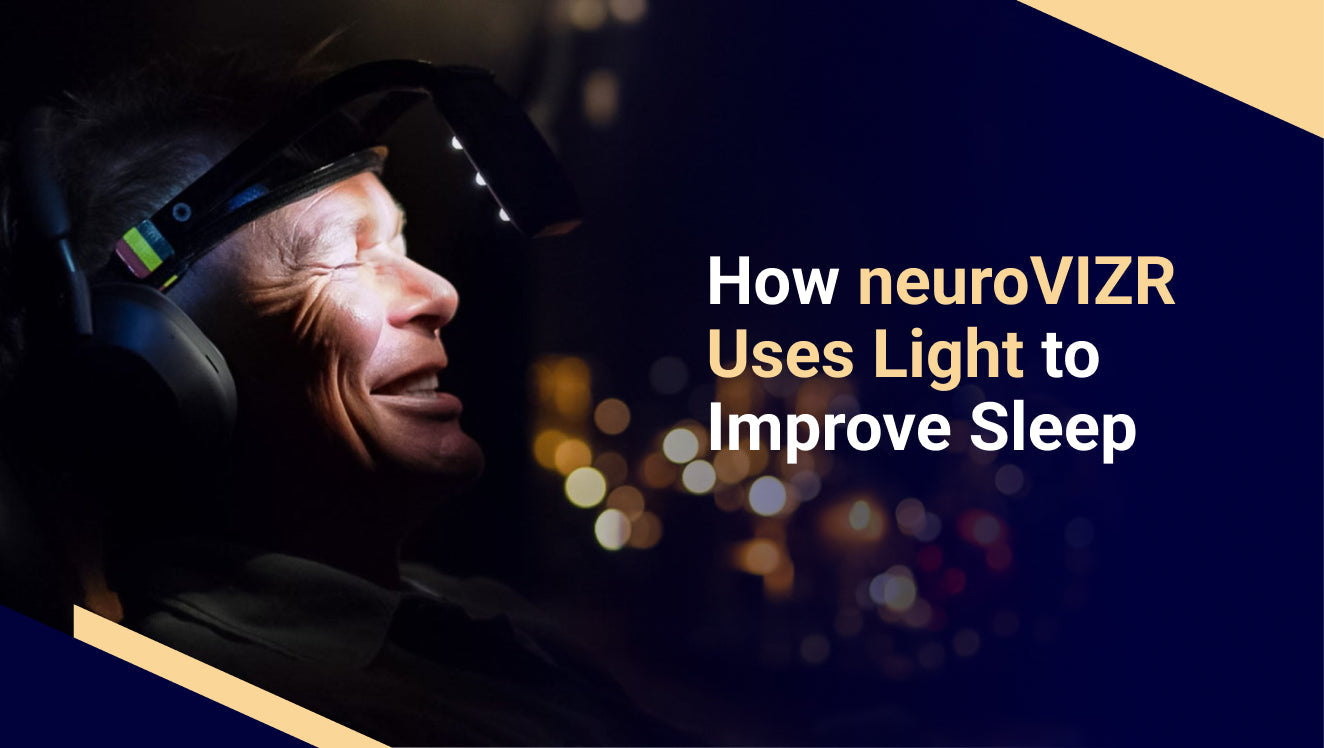

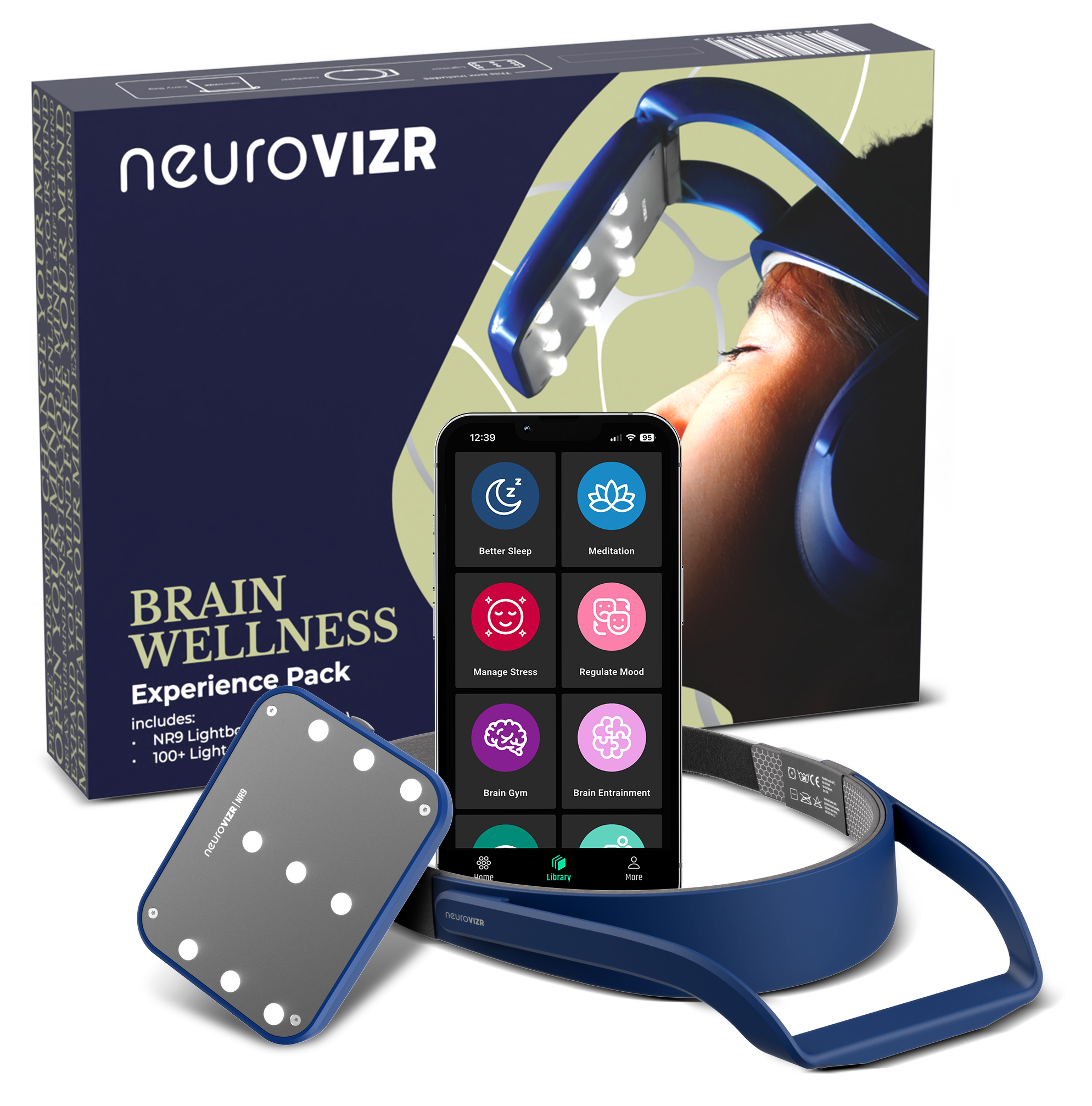

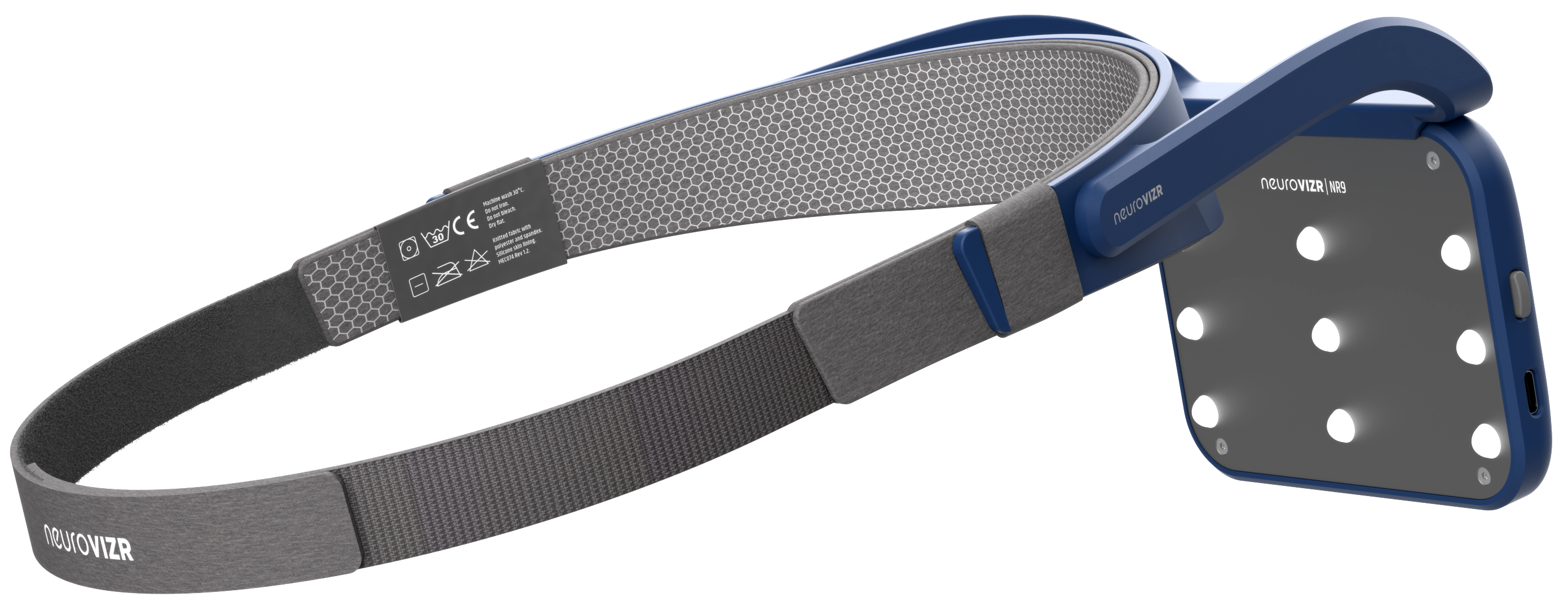
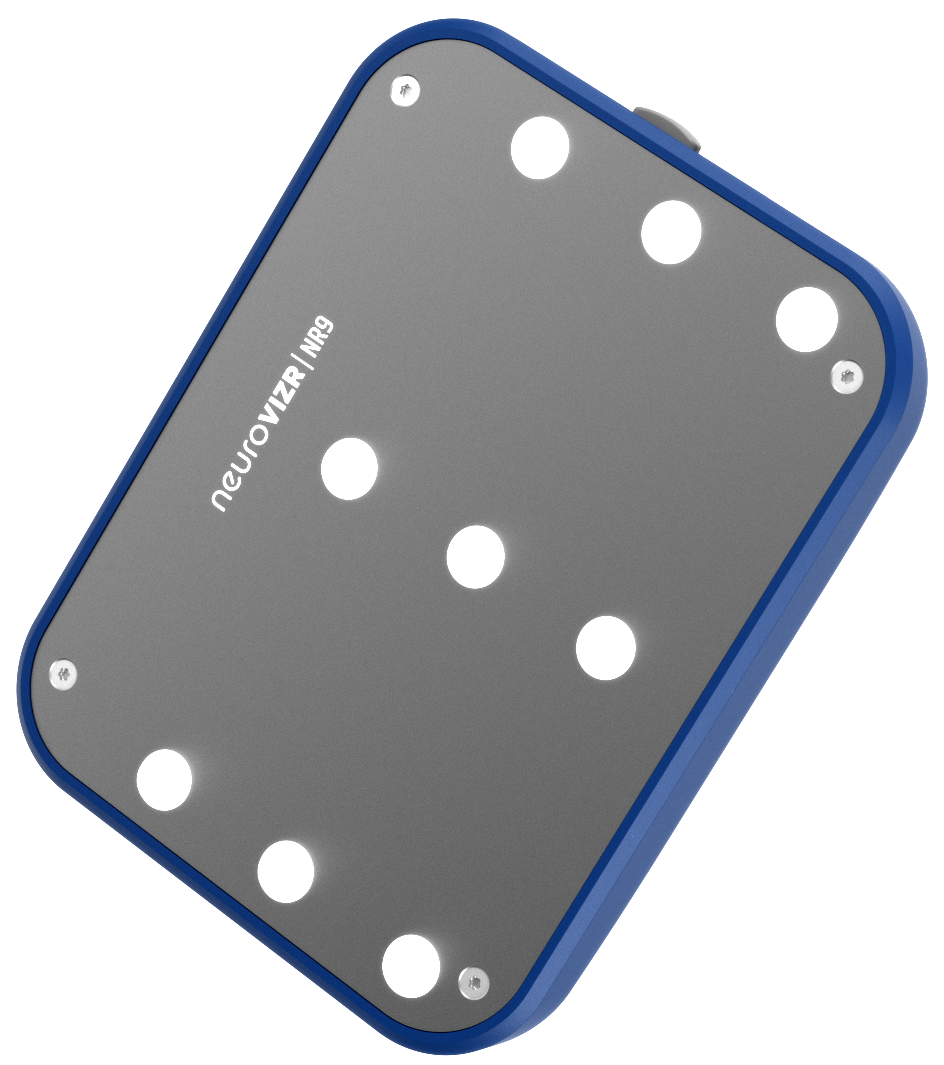
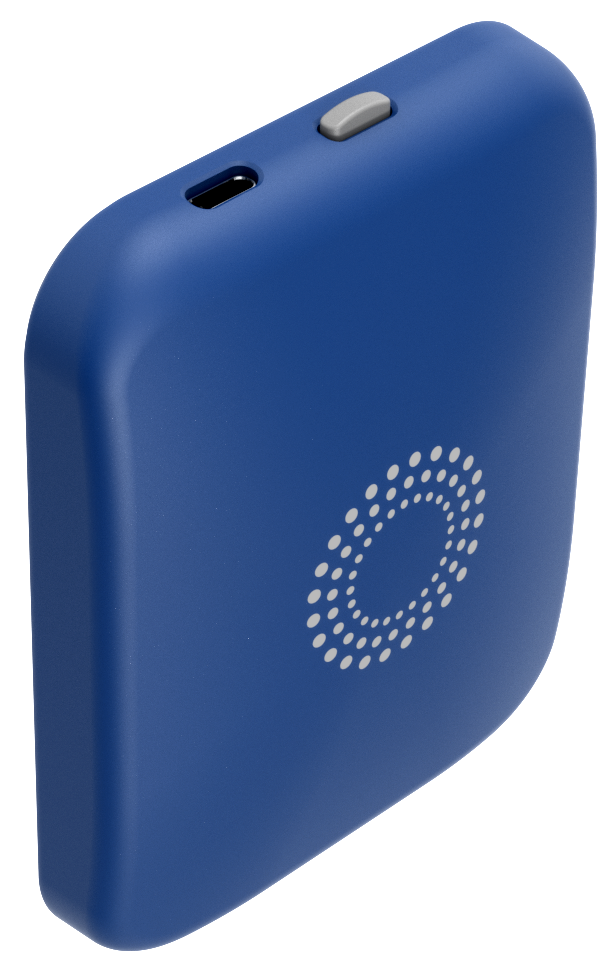
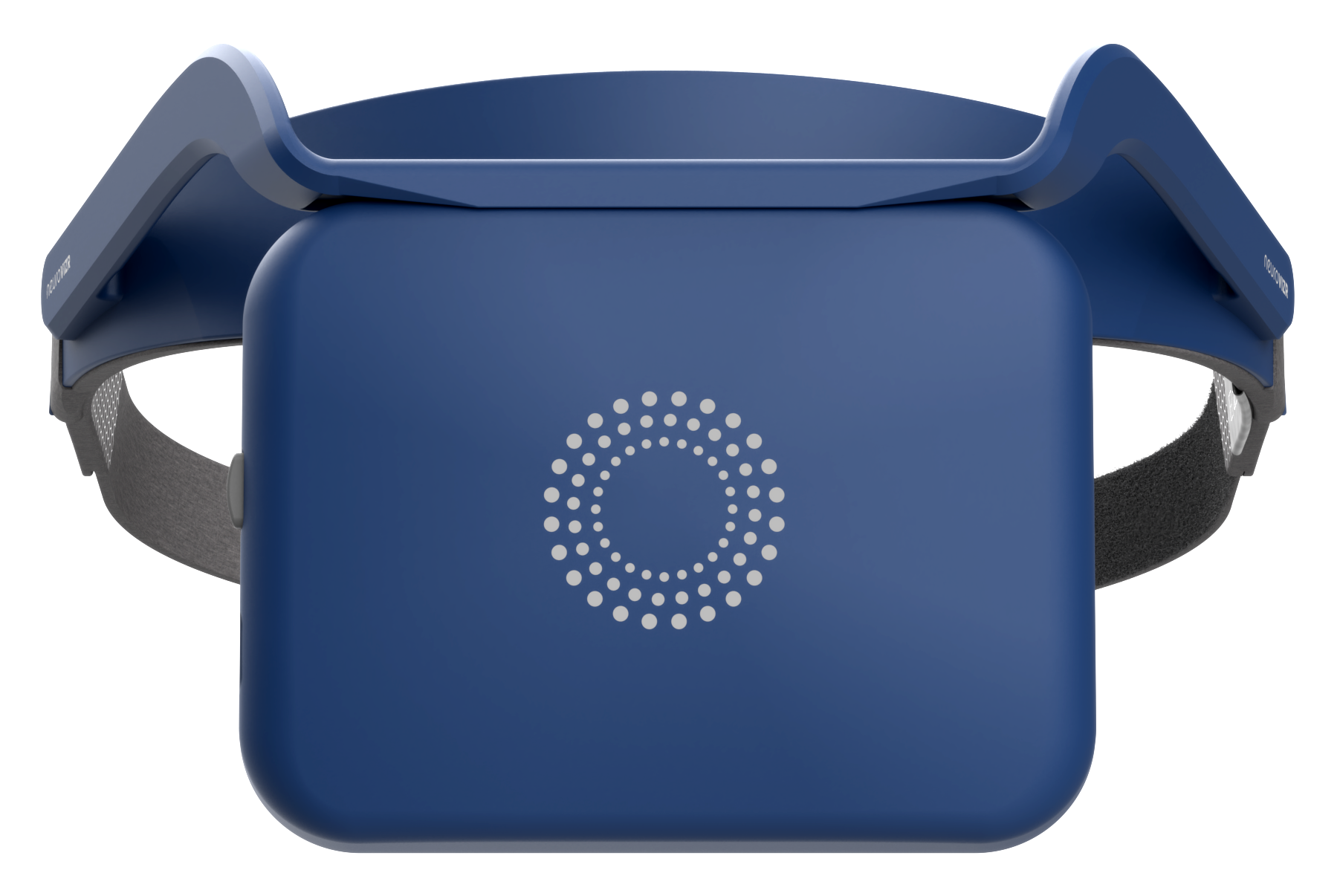
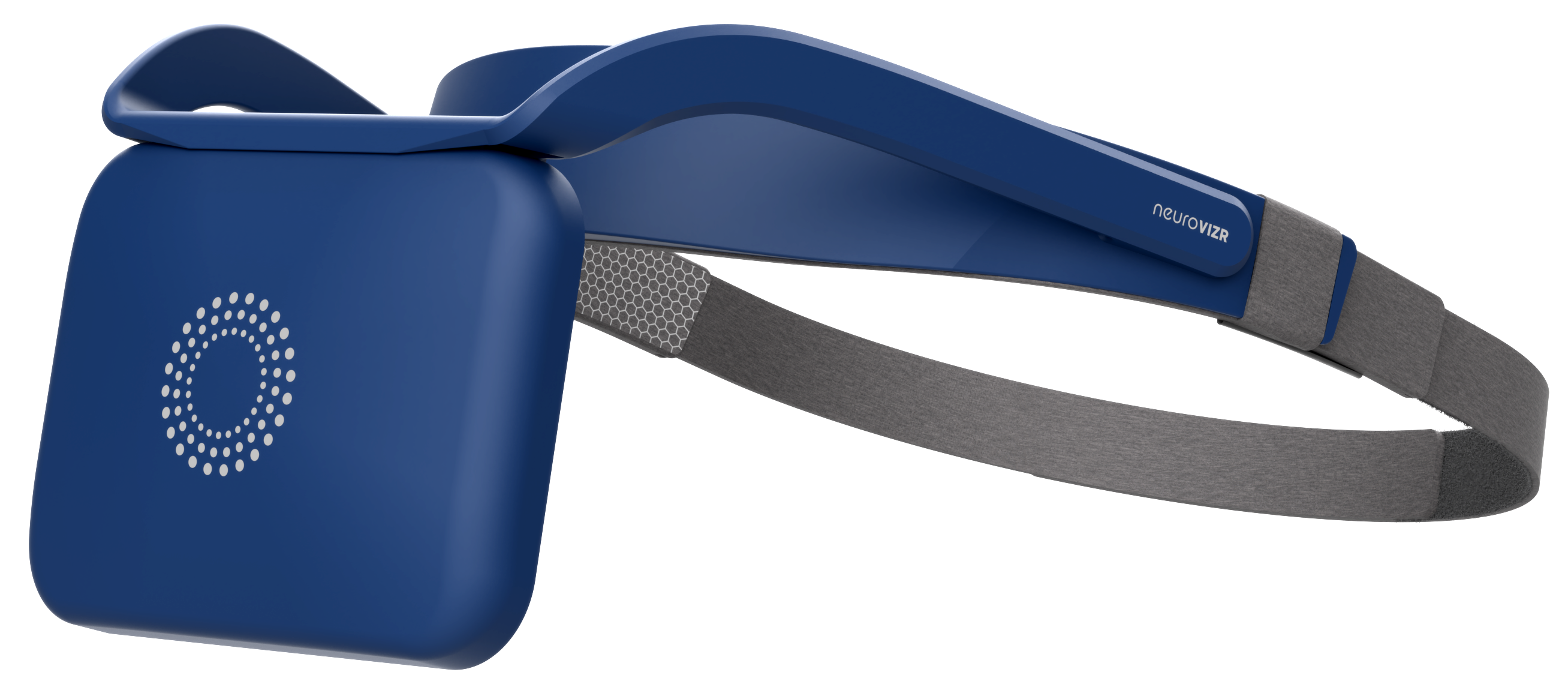
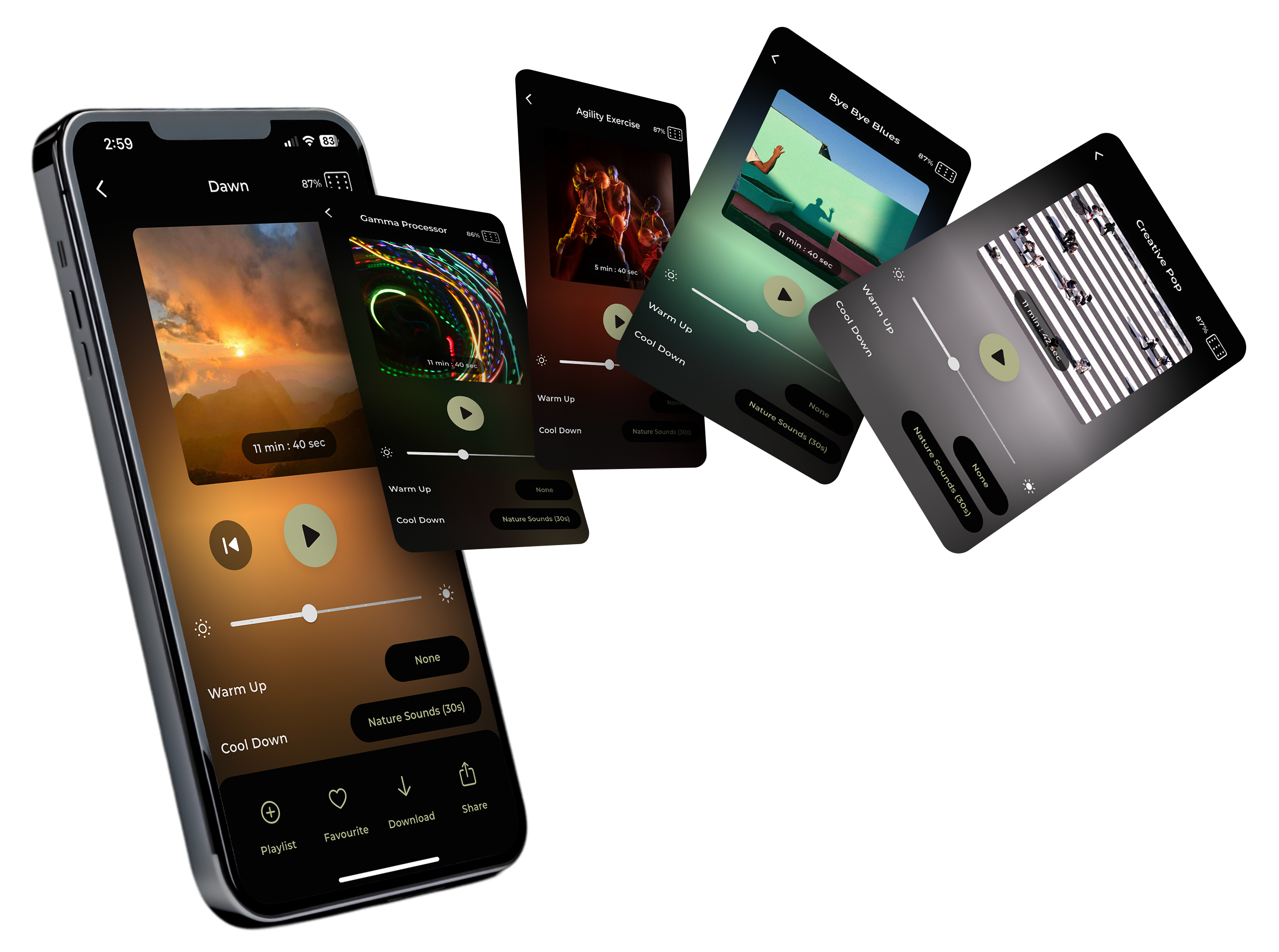
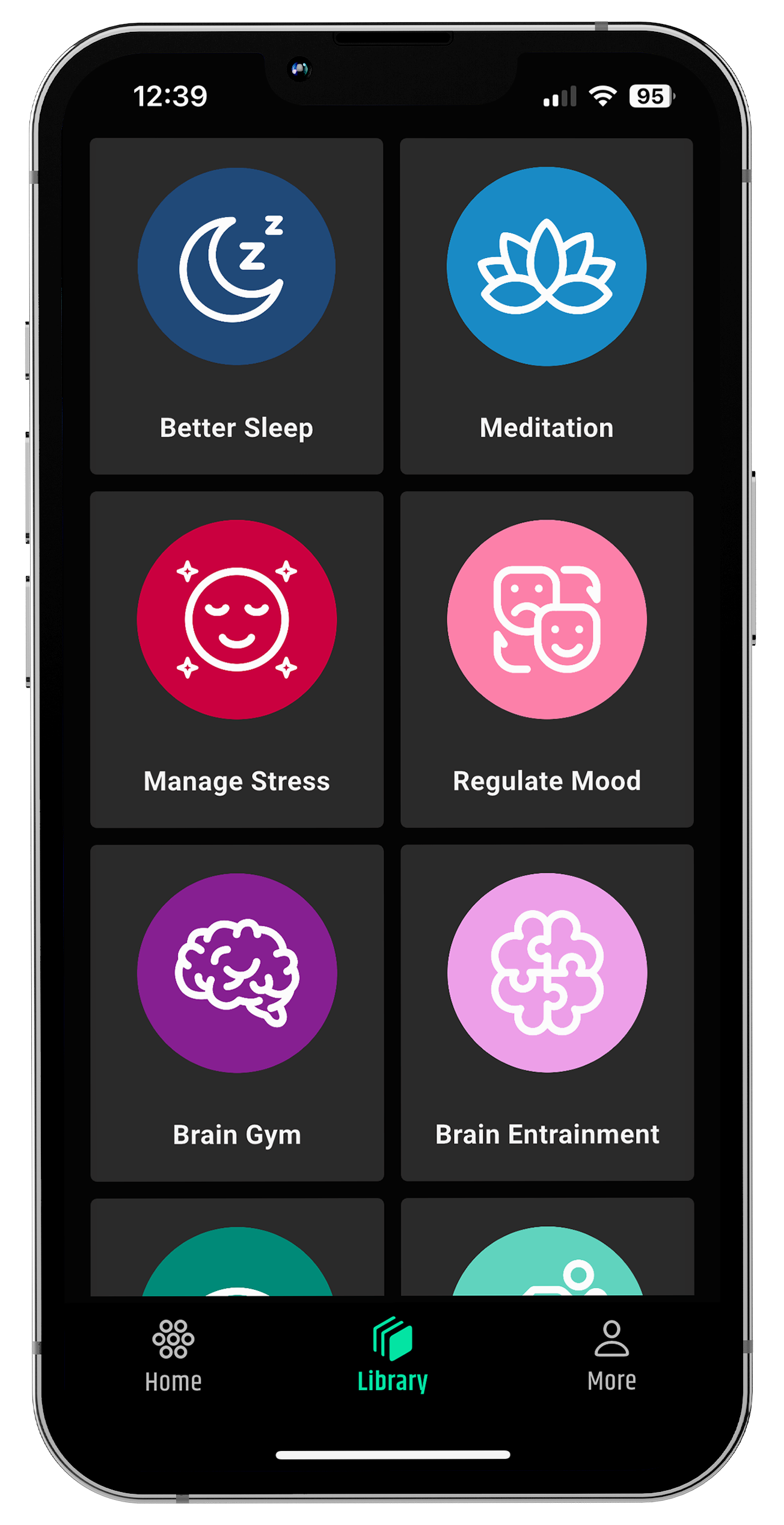
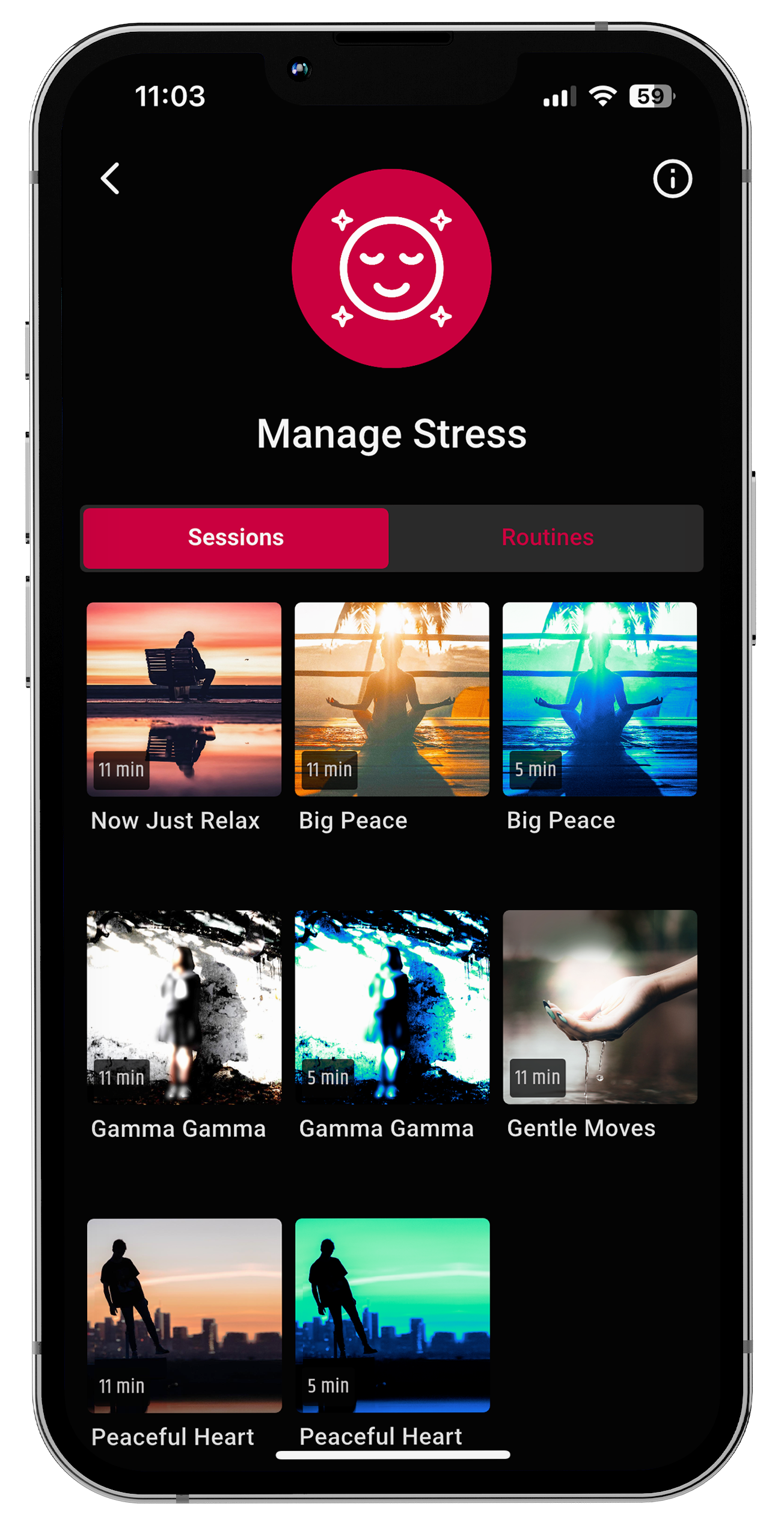
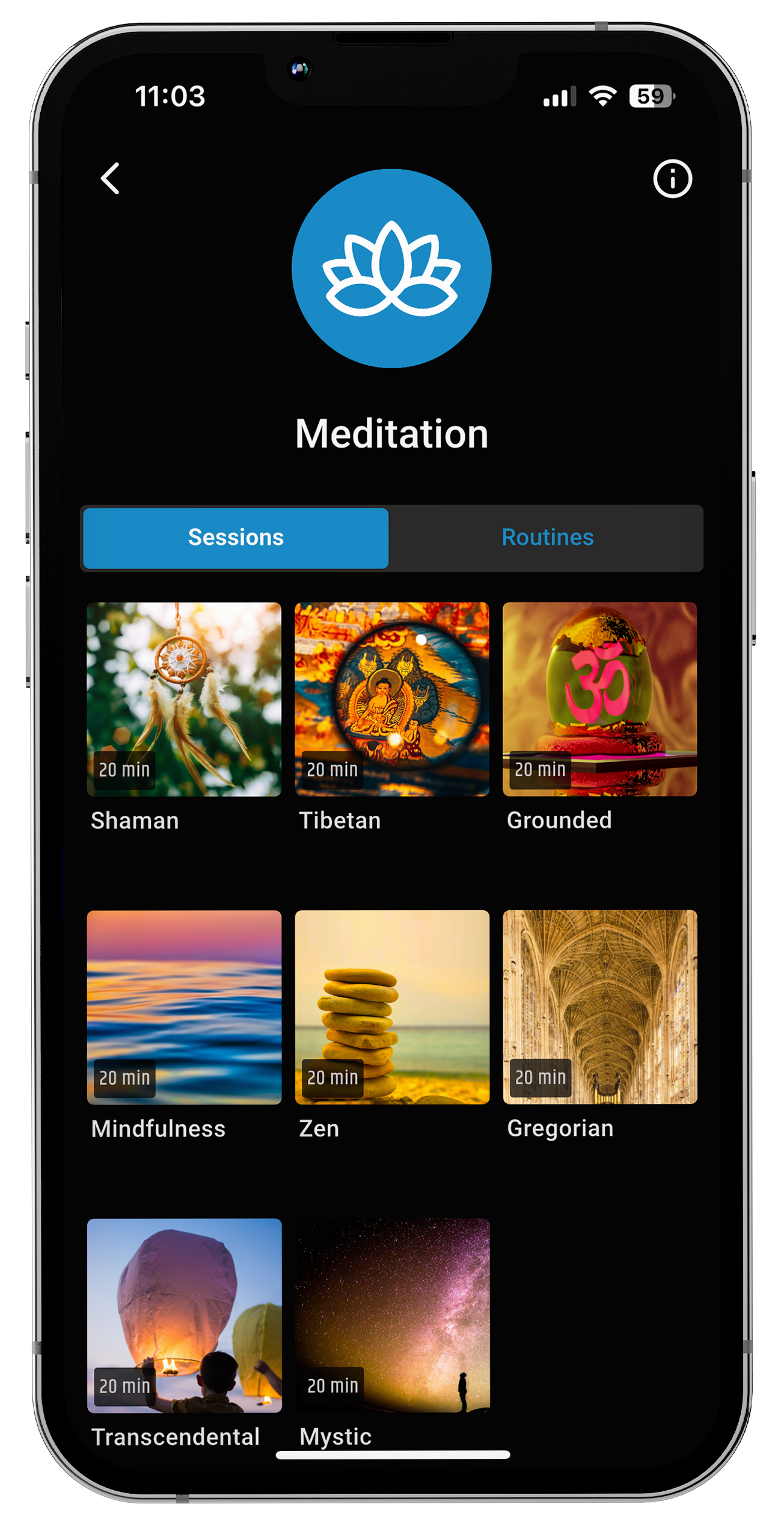
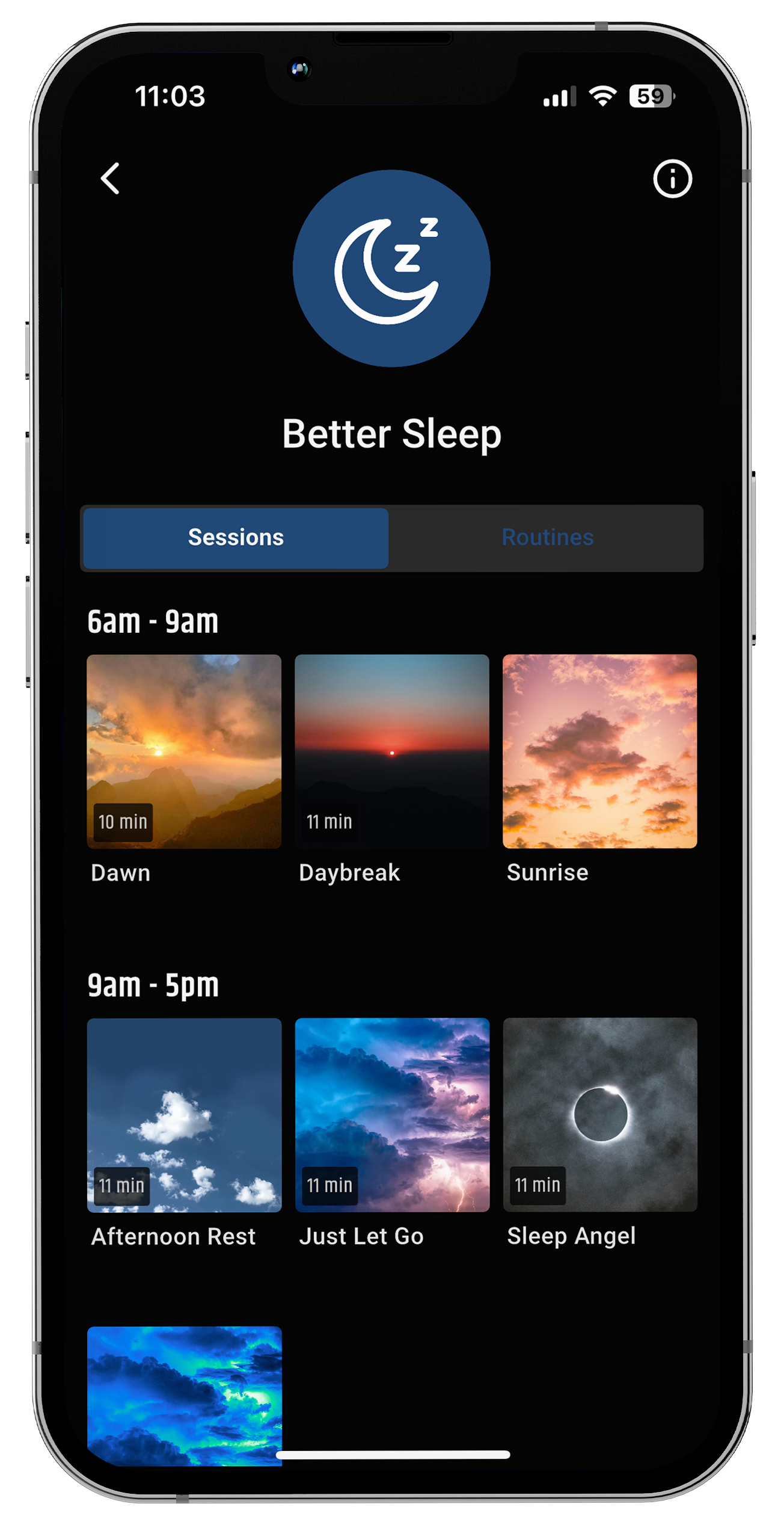
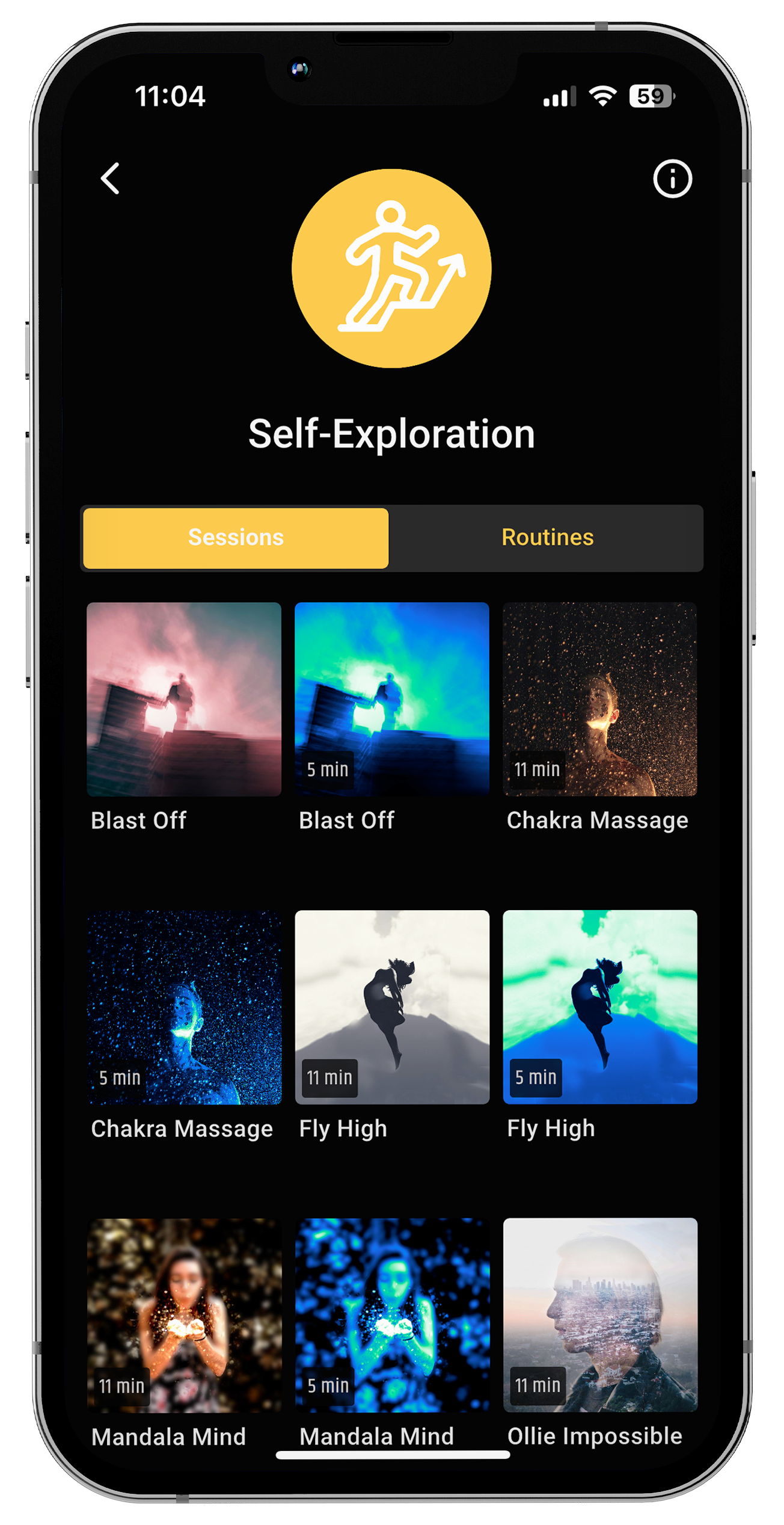
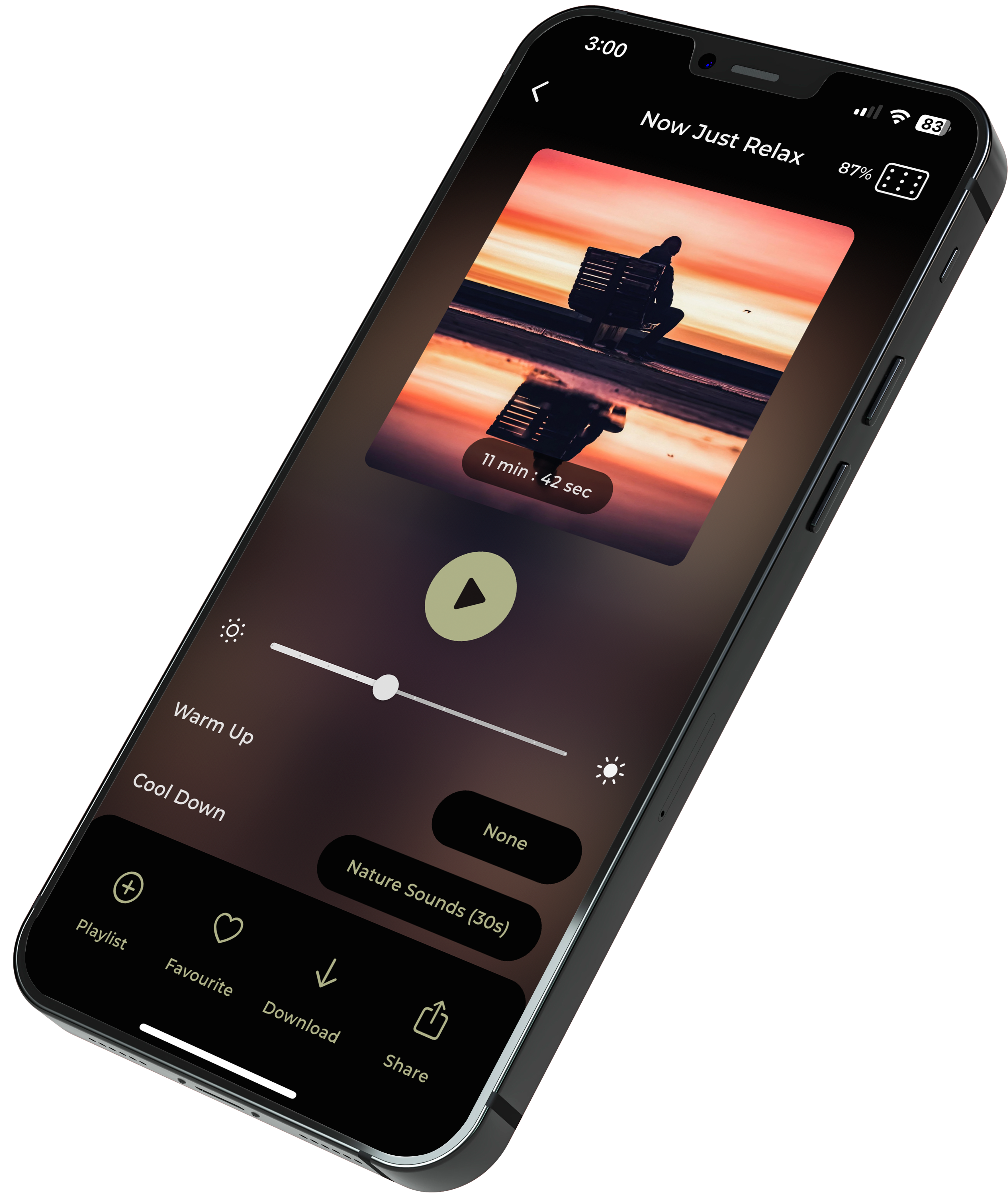


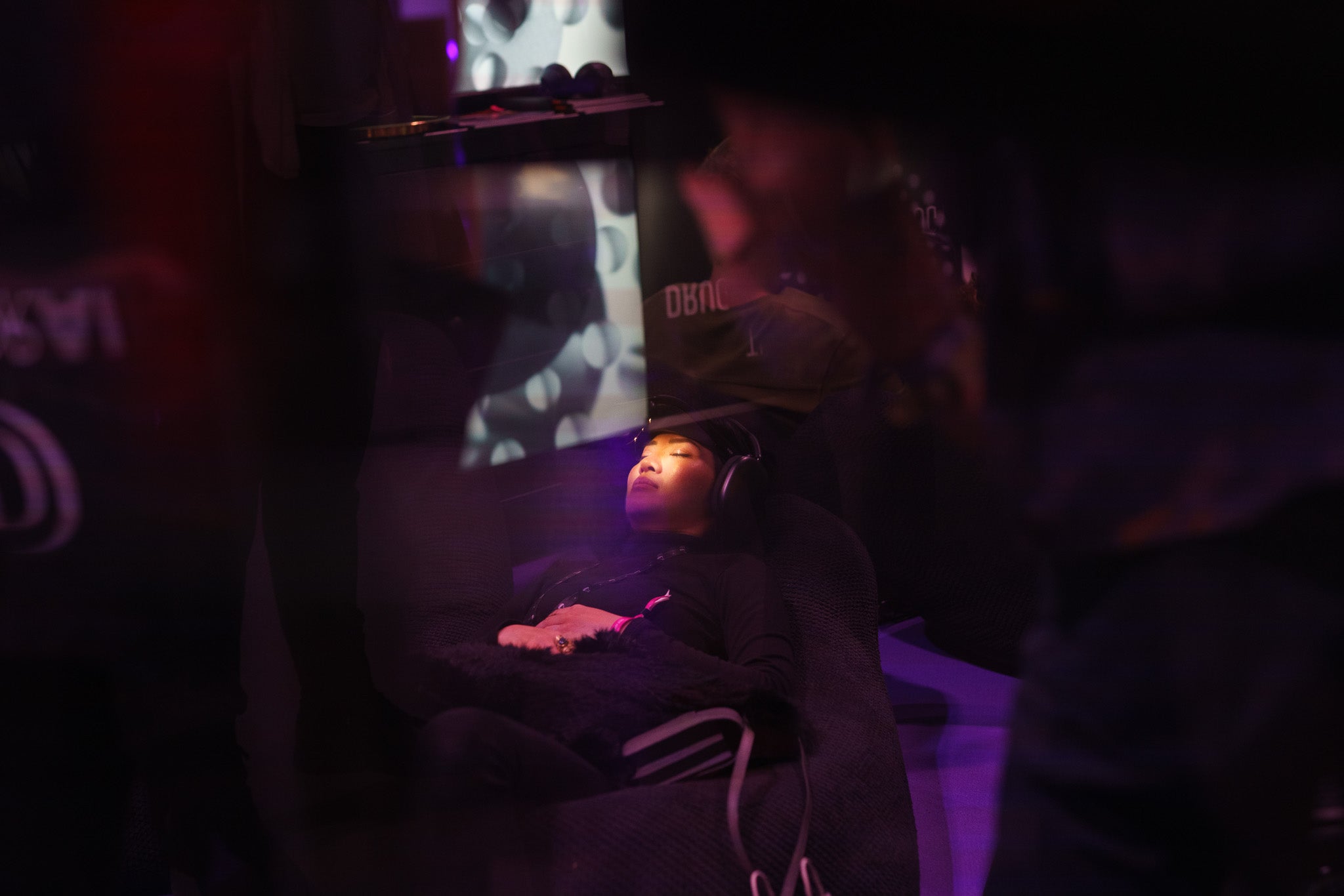




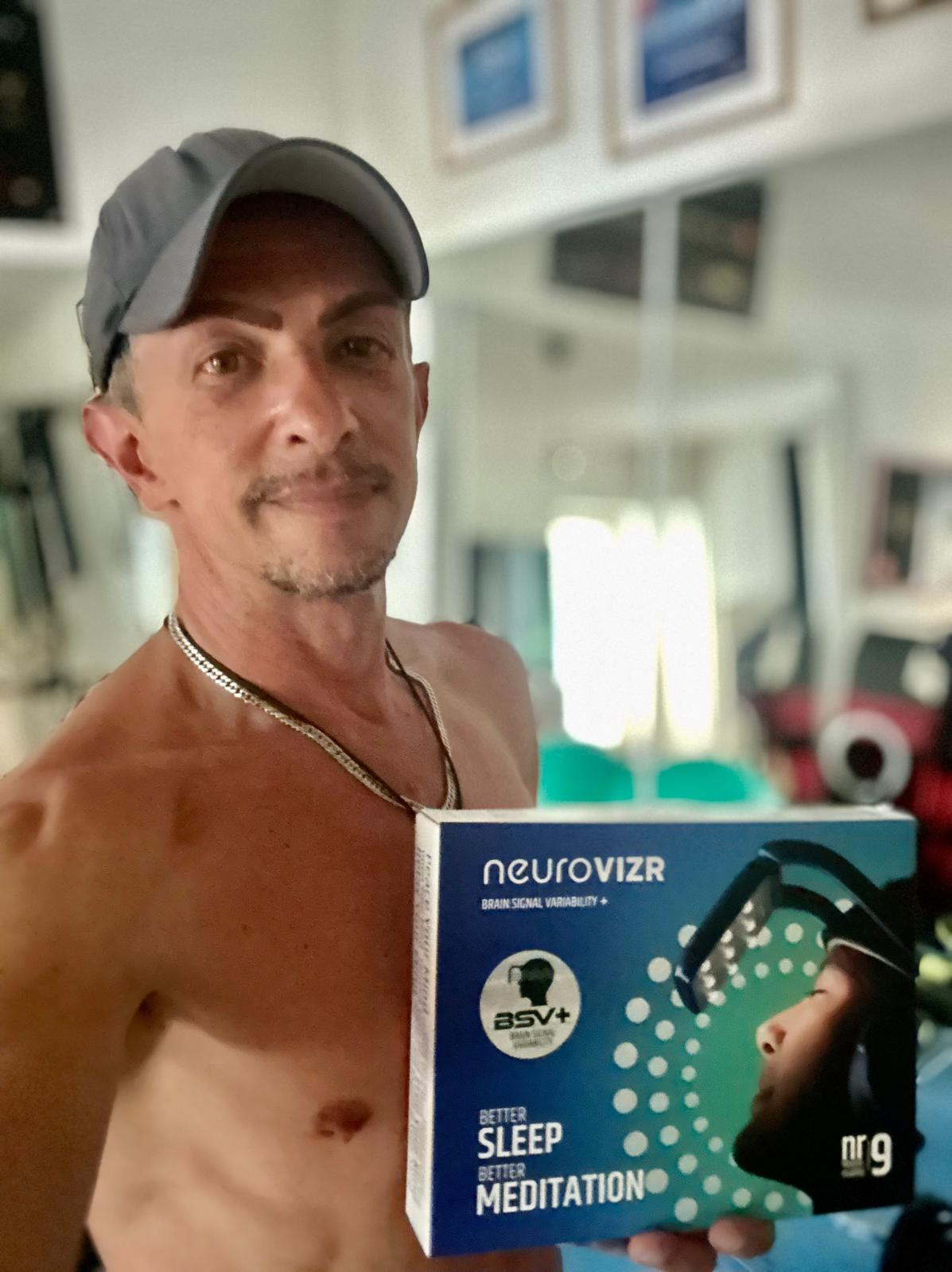
Share:
Getting the Jump on Your Meditation Session